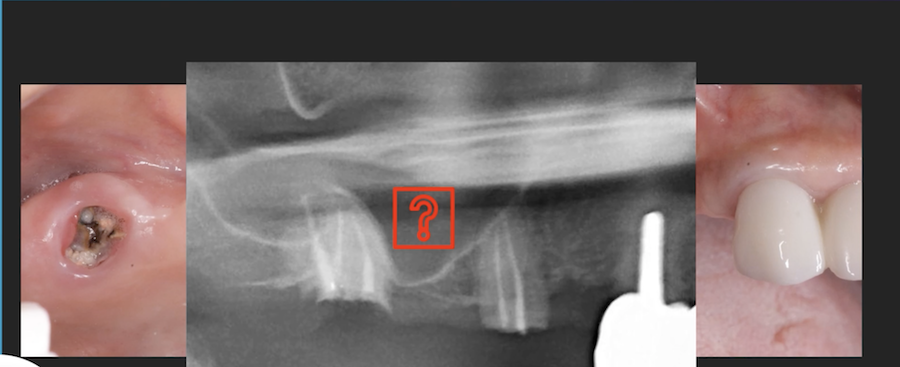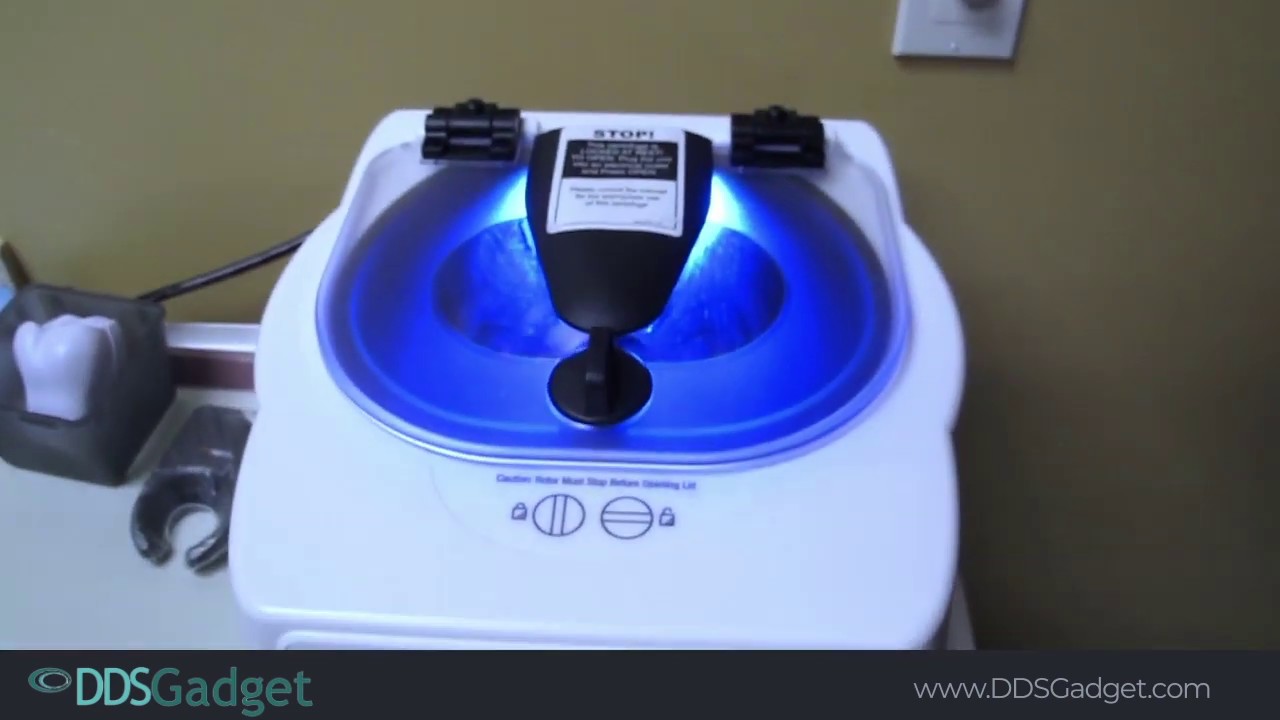BonMaker: Using a Patient’s Own Teeth for Bone Graft?
 Continuing our series of topic discussions on interesting new products we found at the recent International Dental Show (IDS), in this post we invite your comments on the BonMaker, an in-house advanced system for processing a patient’s own extracted teeth into a ‘Auto-Teeth bone’ graft material.
Continuing our series of topic discussions on interesting new products we found at the recent International Dental Show (IDS), in this post we invite your comments on the BonMaker, an in-house advanced system for processing a patient’s own extracted teeth into a ‘Auto-Teeth bone’ graft material.
A bone graft particulate, that is created from the patient™s own body, is generally considered the gold standard in dental biologics. However, the processing of an autograft usually requires a more complicated surgical procedure. The BonMaker solves the usual problems encountered with autografts. With the BonMaker auto-teeth bone graft particulate processing, dentists can manufacture bone graft material specific to the patient by using the patient’s own extracted teeth.
The BonMaker takes the prepared patient™s crushed tooth fragments and processes them into bone graft particulate in just over 26 minutes. The consumables required are three tiny, color-coded bottles of BonReagent which come at a fraction of the cost of other bone graft materials. Furthermore, with a processing time of just over 26 mins, the particulate can be manufactured in the dental office. A single processing cycle can yield up to 3cc of bone graft material.
Below you can also watch a video introduction about the product.
What are your thoughts on the BonMaker and the possibility using a patient’s own teeth to create graft material?
















